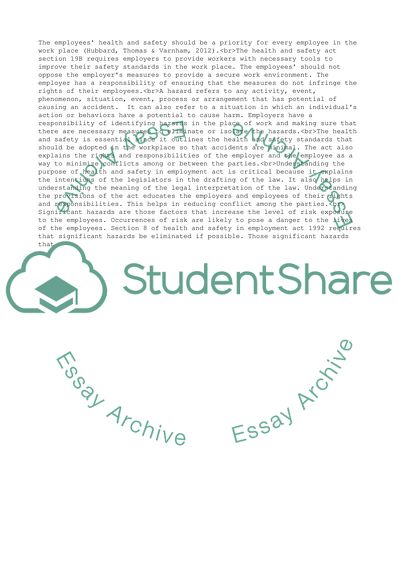Cite this document
(Ss law 2 Assignment Example | Topics and Well Written Essays - 2250 words, n.d.)
Ss law 2 Assignment Example | Topics and Well Written Essays - 2250 words. https://studentshare.org/law/1781749-ss-law-2
Ss law 2 Assignment Example | Topics and Well Written Essays - 2250 words. https://studentshare.org/law/1781749-ss-law-2
(Ss Law 2 Assignment Example | Topics and Well Written Essays - 2250 Words)
Ss Law 2 Assignment Example | Topics and Well Written Essays - 2250 Words. https://studentshare.org/law/1781749-ss-law-2.
Ss Law 2 Assignment Example | Topics and Well Written Essays - 2250 Words. https://studentshare.org/law/1781749-ss-law-2.
“Ss Law 2 Assignment Example | Topics and Well Written Essays - 2250 Words”. https://studentshare.org/law/1781749-ss-law-2.


